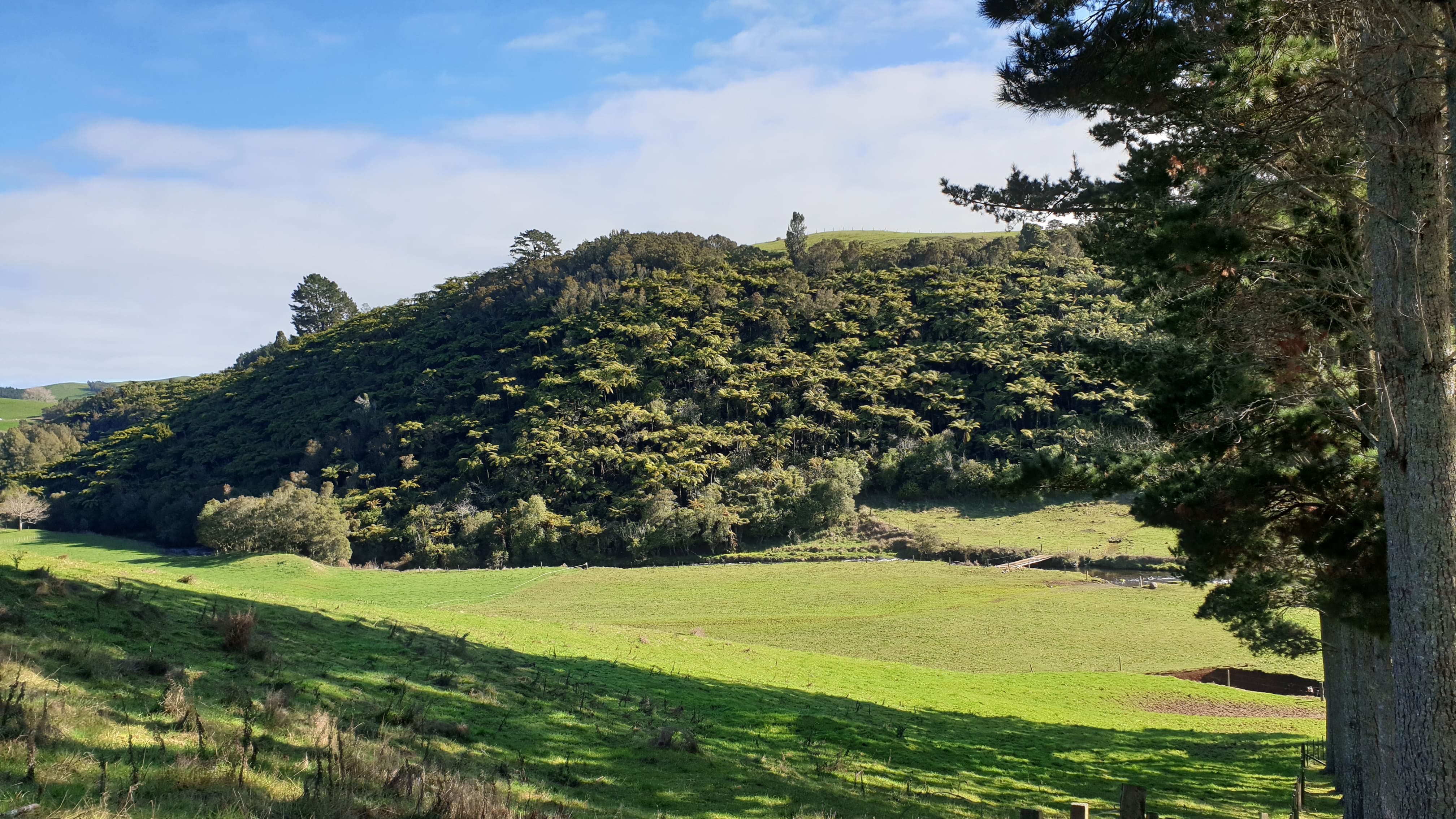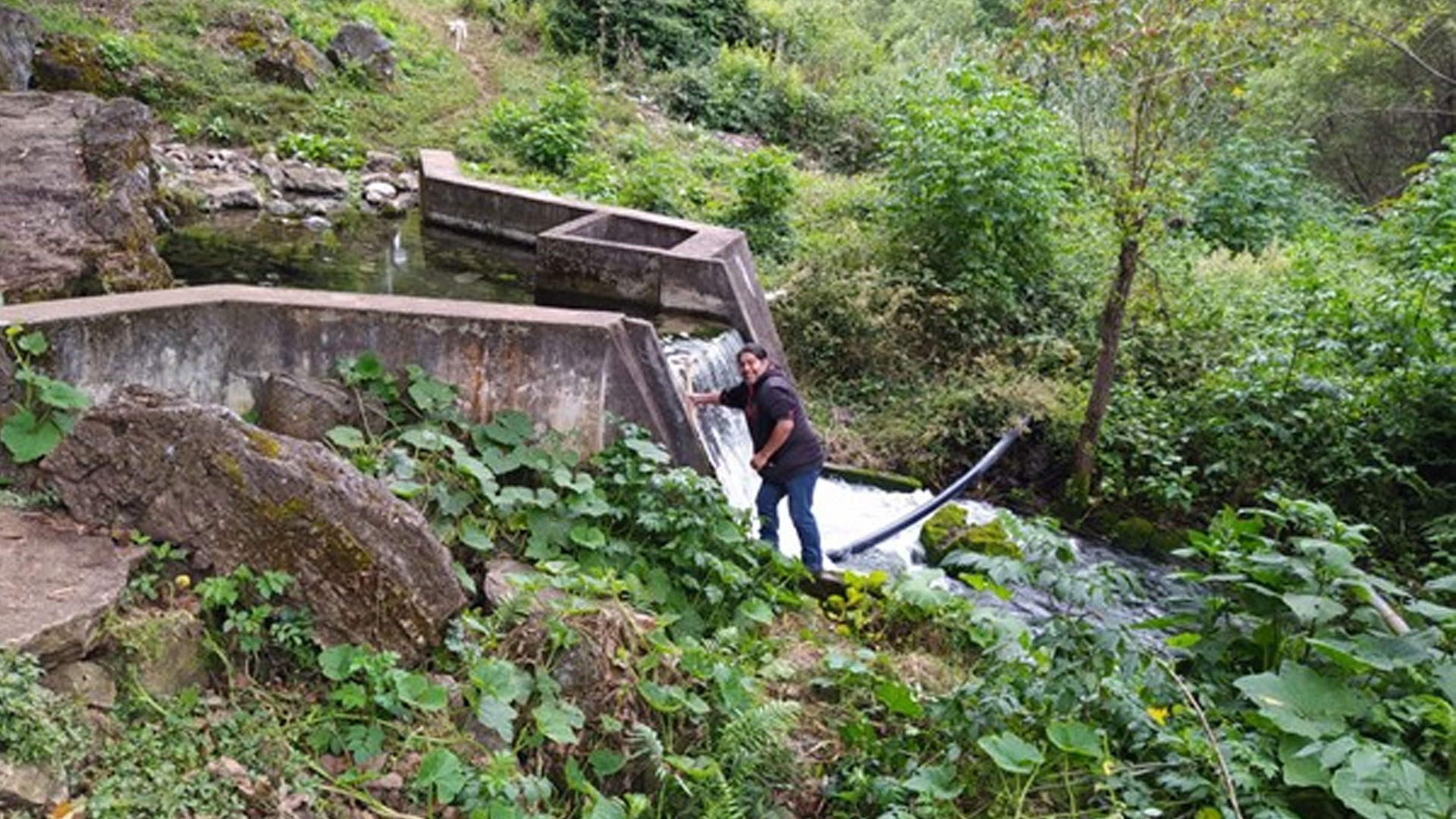Monitoring runoff using Earth observation data
When rain falls on Earth, the water starts moving and flowing downhill through sewers and rivers as runoff. Runoff is extremely important to recharge surface water bodies and groundwater. Furthermore, runoff changes the landscape by action of erosion. It is an integral part of the water cycle (Earth Science Data Systems 2021).
















